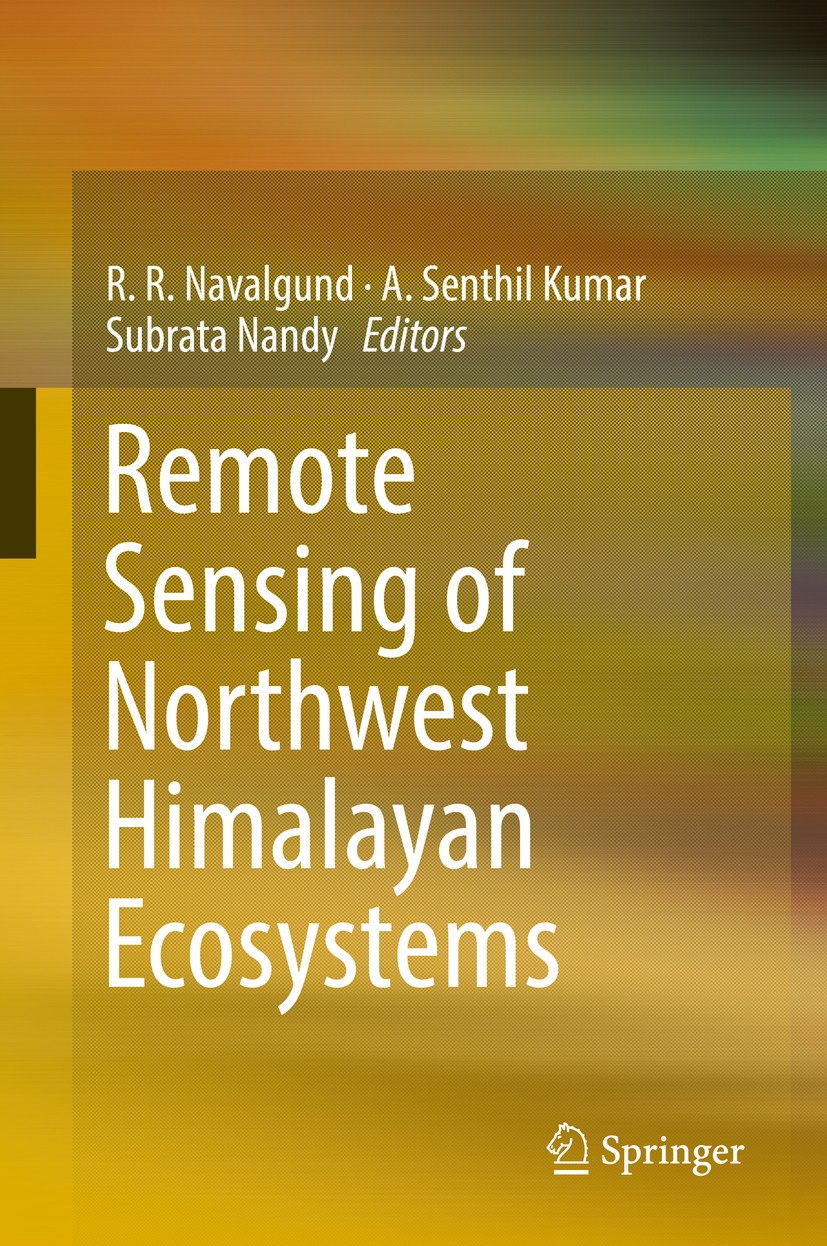| 书目名称 | Remote Sensing of Northwest Himalayan Ecosystems | | 编辑 | R. R. Navalgund,A. Senthil Kumar,Subrata Nandy | | 视频video | http://file.papertrans.cn/827/826935/826935.mp4 | | 概述 | Discusses remote sensing techniques to assess sensitive Himalayan ecosystem?s.Discusses methods to conserve biodiversity and ecological values in the Himalayan region.Serves as a good reference for pr | | 图书封面 |  | | 描述 | .Himalaya, one of the global biodiversity hotspots, is the abode of a variety of flora and fauna. The Himalayan ecosystems have immense ecological, socioeconomic, and aesthetic significance as they provide a wide range of ecosystem services. The northwest Himalaya (NWH), covering three states of India viz., Uttarakhand, Himachal Pradesh, and Jammu and Kashmir, starts from the foothills of Shivaliks in the south and extends to the greater Himalaya in the north. This region is also the source of some of the major rivers of India. With the increase in population, the NWH ecosystems have been under threat due to deforestation, loss of biodiversity, expansion of agriculture and settlement, overexploitation of natural resources, habitat loss and fragmentation, poaching, mining, construction of roads and large dams, and unplanned tourism. The Himalaya being young and geotectonically active, remains inherently unstable, fragile, and prone to natural disasters. Climate change is also likely to impact the Himalayan cryosphere drastically. Recognizing the importance of the Himalaya, a National Mission for Sustaining the Himalayan Ecosystem, one of the eight missions under the National Action | | 出版日期 | Book 2019 | | 关键词 | Remote Sensing; Himalaya Ecosystem; Geodynamics; Hydrological Modeling; Forest Resources; Mountain Agricu | | 版次 | 1 | | doi | https://doi.org/10.1007/978-981-13-2128-3 | | isbn_softcover | 978-981-13-4735-1 | | isbn_ebook | 978-981-13-2128-3 | | copyright | Springer Nature Singapore Pte Ltd. 2019 |
The information of publication is updating

|
|
 |Archiver|手机版|小黑屋|
派博传思国际
( 京公网安备110108008328)
GMT+8, 2025-12-15 11:40
|Archiver|手机版|小黑屋|
派博传思国际
( 京公网安备110108008328)
GMT+8, 2025-12-15 11:40


